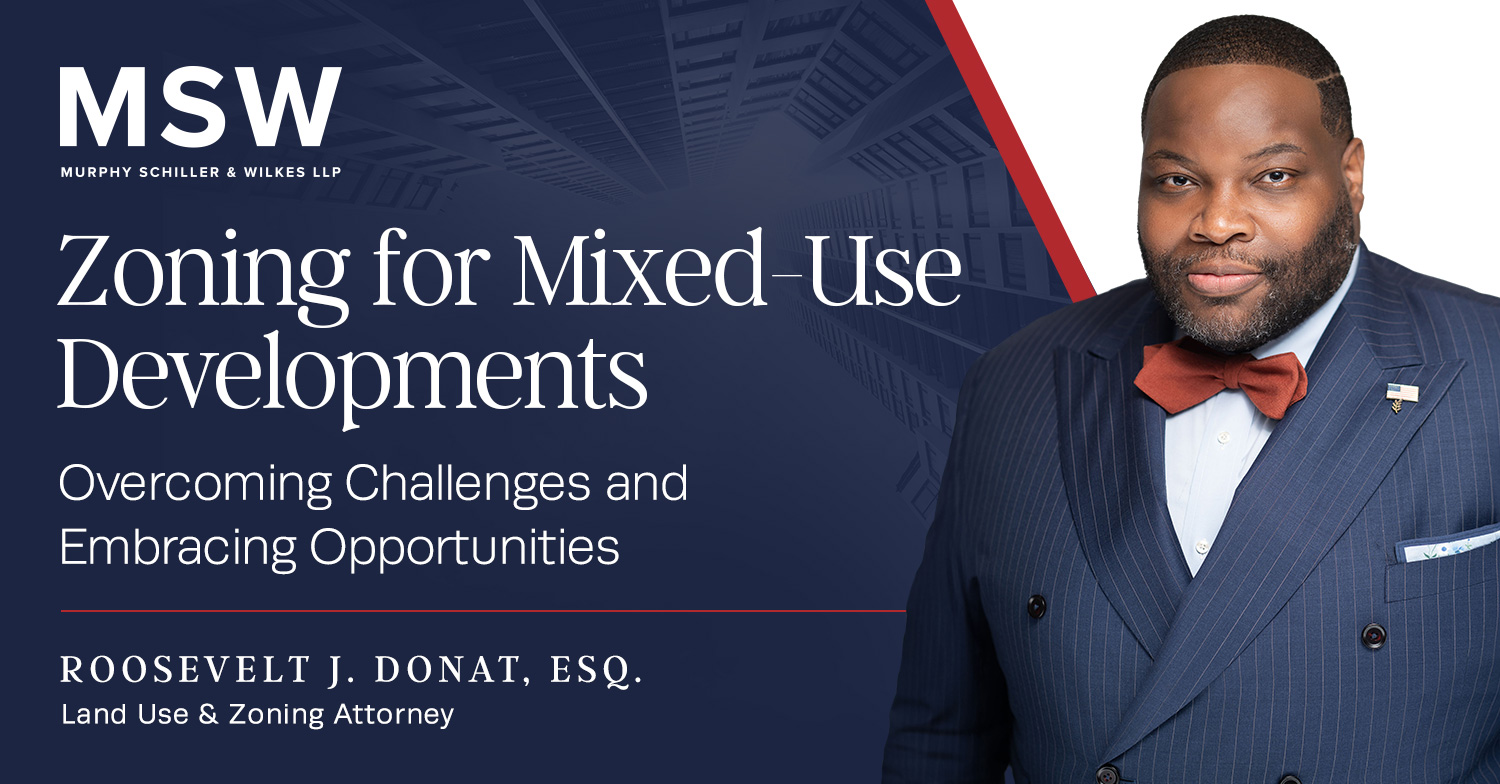
Introduction
Mixed-use developments are reshaping urban planning across the globe. By integrating residential, commercial, and public spaces within a single footprint, these projects offer sustainable solutions to urban sprawl, housing shortages, and economic diversity. But with these benefits come significant challenges—particularly in zoning regulations that often lag behind the pace of modern development.
In today's post-pandemic world, the demand for adaptable, vibrant, and sustainable urban spaces has never been higher. This surge in demand makes zoning for mixed-use developments more relevant than ever before.
Market Overview
Statistics and Projections
According to the Urban Land Institute, mixed-use developments are projected to grow by 12% annually in the U.S. over the next five years, with cities increasingly prioritizing these projects in urban planning. In New Jersey, for example, recent amendments to the Municipal Land Use Law (MLUL) have encouraged a wave of mixed-use proposals, specifically in high-density urban centers like Newark and Jersey City. These developments are seen as essential for creating walkable, sustainable communities that reduce car dependency and promote economic vibrancy - live, work, and play places.
Stakeholder Implication
For investors, mixed-use projects represent a diversified revenue stream with lower vacancy risk. Developers gain opportunities to create dynamic, multi-functional spaces that meet a variety of market needs, while municipalities see these projects as tools for revitalizing urban areas and addressing housing shortages. However, zoning remains a significant barrier, with outdated codes often slowing or halting progress.
Core Challenges and Opportunities
Detailed Challenges
- Inflexible Zoning Codes: Many municipalities still operate under outdated zoning laws that do not accommodate the blend of residential, retail, and office spaces. Securing necessary variances can be a lengthy and costly process.
- Community Resistance: Local residents often raise concerns about increased traffic, noise, or changes in neighborhood character, leading to project delays or cancellations.
- Density and Height Restrictions: High-density mixed-use developments require zoning adjustments, especially regarding building height and residential density, which can vary significantly from one jurisdiction to another.
- Parking Requirements: Pedestrian-focused designs often conflict with traditional zoning mandates for extensive parking, adding complexity and cost to projects.
Strategic Opportunities
- Proactive Zoning Reforms: States like New Jersey are modernizing zoning policies to facilitate mixed-use development. The Municipal Land Use Law (MLUL) is a prime example, promoting high-density urban centers that align with Smart Growth principles. These reforms present opportunities for developers to work within more flexible frameworks.
- Leveraging Incentives: Developers can take advantage of state programs like the now-expired Urban Investment Fund Grant Program and the Brownfields Redevelopment Incentive Program (BRIP), which provide significant financial support for projects near transit hubs or on environmentally challenged land. New guidelines for an updated BRIP program are expected soon from the State of New Jersey.
Comparative Analysis
State and Global Comparisons
New Jersey’s approach to mixed-use zoning is mirrored in other progressive regions. In California, cities like San Francisco have introduced "Inclusionary Zoning" ordinances, requiring a percentage of new developments to include affordable housing units. Meanwhile, cities in Europe—such as Amsterdam and Copenhagen—have long embraced mixed-use zoning as a solution to housing crises, establishing benchmarks for urban renewal through creative land-use policies.
Lessons Learned
One key takeaway from global models is that early engagement with the community is critical. In Amsterdam, developers regularly hold public forums before a project starts, allowing residents to voice concerns and offer input, which helps mitigate opposition and speeds up the approval process. Similarly, U.S. cities that have adopted form-based zoning codes—which prioritize design and functionality over land-use distinctions—have seen smoother integration of mixed-use projects.
Expert Insights and Strategic Recommendations
Professional Insights
In my experience, the success of mixed-use projects hinges on a collaborative approach. Early communication with zoning boards and local governments can help developers anticipate obstacles and secure necessary variances. Additionally, community outreach is vital for gaining public support. Hosting neighborhood meetings and showcasing the long-term benefits of the development can help mitigate resistance.
Actionable Strategies
- Engage Early with Local Authorities: Developers should proactively engage zoning officials, identifying potential obstacles and ensuring transparency throughout the approval process.
- Community Outreach: Build trust by holding public forums and addressing resident concerns early on. Visual aids such as 3D models or renderings can help local communities better understand and support the project.
- Leverage Development Incentives: Programs like the Brownfields Redevelopment Incentive Program (BRIP), which provide significant financial support for projects near transit hubs or on environmentally challenged land.
Conclusion
Mixed-use developments offer a transformative opportunity for urban centers by providing sustainable, efficient land use that meets modern needs. However, these projects must navigate a complex zoning landscape that requires proactive planning and community engagement. By leveraging modern zoning reforms and development incentives, stakeholders can unlock the full potential of mixed-use developments.
Murphy Schiller & Wilkes LLP (MSW) is a boutique law firm servicing the commercial real estate and construction industries. Headquartered in Newark, New Jersey, the firm represents a wide range of clients, including institutional, publicly traded real estate companies, international and regional lenders, national contractors and subcontractors, and family offices. The firm has been ranked as a top law firm by both Chambers & Partners and U.S. News & World Report.